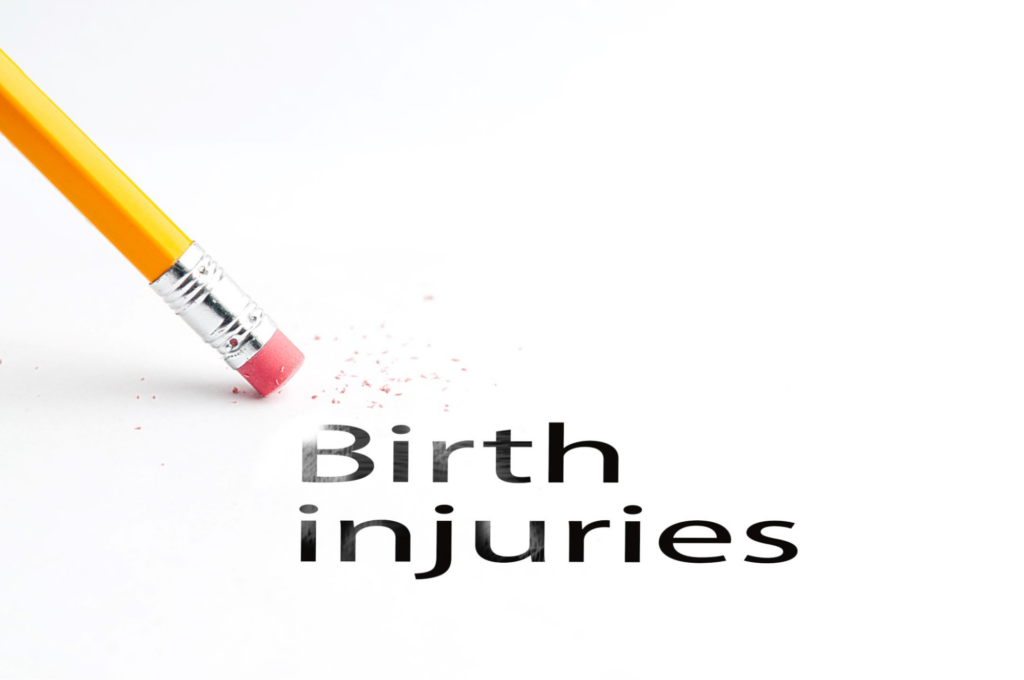
The birth of a child is a momentous occasion, yet complications during labor and delivery can sometimes result in birth injuries. These injuries may range from mild conditions that heal quickly to severe, life-altering impairments. Understanding the common types of birth injuries and their long-term effects is crucial for parents, caregivers, and medical professionals.
Read on to learn more about the common types of birth injury and their long-term effects.
Common Types of Birth Injuries
Birth injuries can occur during labor and delivery, affecting newborns in various ways. These include:
Cerebral Palsy
Cerebral palsy (CP) is one of the most well-known birth injuries, often caused by oxygen deprivation during birth or medical negligence. It affects muscle control, coordination, and movement. Some symptoms may include spasticity, difficulty with fine motor skills, and developmental delays.
With cerebral palsy, lifelong physical therapy may be required. Speech and occupational therapy may also be necessary for improved communication and mobility. Severe cases may even require assistive devices, such as wheelchairs.
Therefore, for those who believe that someone has to take accountability for these birth injuries, seeking legal guidance can be a great start. For instance, working with providers like Hastings Law Firm can provide dedicated support. Remember, birth injuries can have profound implications on a child’s physical, cognitive, and emotional development, making early intervention and appropriate legal action essential.
Brachial Plexus Injuries (Erb’s Palsy and Klumpke’s Palsy)
Brachial plexus injuries occur when nerves in the neck and shoulder are stretched or torn during delivery. Erb’s palsy targets the upper arm, while Klumpke’s palsy affects the lower hand and arm. Weakness or paralysis in the affected arm, limited range of motion, and muscle atrophy are some of their long-term effects. To address these injuries, physical therapy and, in some cases, surgery may be required.
Hypoxic-Ischemic Encephalopathy (HIE)
HIE is a severe brain injury resulting from oxygen deprivation. It can lead to extensive neurological damage, impacting cognitive and motor skills. Some of its long-term effects include increased risk of cerebral palsy and epilepsy, cognitive impairments, including memory and attention issues, delayed developmental milestones, and potential need for lifelong medical care and special education services.
Intracranial Hemorrhage (Brain Bleeding)
This condition occurs when there’s bleeding in the brain due to trauma during delivery. Premature infants are at higher risk.
Some long-term effects of intracranial hemorrhage include possible cognitive and motor impairments, increased risk of seizures, vision and speech difficulties, and may require extensive medical interventions.
Facial Nerve Palsy
Facial nerve damage may result from pressure on the infant’s face during delivery, often linked to the use of forceps. For those with facial nerve palsy, facial asymmetry and weakness, difficulty with eye closure and mouth movement, and potential speech and feeding challenges if nerves don’t recover fully may be some of the expected long-term effects.
Fractures (Clavicle and Skull Fractures)
A fractured clavicle or skull may occur due to a difficult delivery, especially in cases of breech birth or shoulder dystocia. In most cases, clavicle fractures heal entirely with proper care. Skull fractures may also result in lasting brain injuries if complications arise. Lastly, some children may experience developmental delays due to associated trauma.
Managing and Mitigating the Impact of Birth Injuries
Birth injuries can lead to significant medical, emotional, and financial burdens for families. However, early intervention and specialized care can improve outcomes. These include:
Physical and Occupational Therapy
Physical and occupational therapy plays a crucial role in helping children with motor impairments develop essential skills. These therapies improve muscle strength, coordination, and balance, enabling greater independence in daily activities.
Through targeted exercises and assistive techniques, children can enhance mobility, fine motor skills, and overall physical functionality for improved quality of life.
Speech Therapy
Children with birth-related neurological injuries may experience difficulties with speech, communication, and swallowing. Speech therapy addresses these challenges by improving articulation, language comprehension, and oral motor control.
Therapists use specialized exercises and assistive communication tools to enhance verbal and nonverbal skills, helping children effectively express themselves and develop the ability to eat and drink safely.
Special Education Services
Children with cognitive and learning disabilities resulting from birth injuries benefit from individualized educational programs. Special education services provide tailored instructional strategies, adaptive learning tools, and supportive classroom environments. These programs can help children build academic, social, and life skills while addressing their unique needs, ensuring they receive the necessary resources to achieve their full potential.
Medical and Surgical Interventions
Certain birth injuries, such as brachial plexus injuries, fractures, or intracranial hemorrhages, may require medical or surgical intervention.
Treatments can range from medication and therapy to complex surgical procedures depending on the severity. Early diagnosis and proper medical care can significantly improve outcomes, prevent complications, and enhance the child’s overall development and well-being.
Legal Support
Families affected by birth injuries often face substantial medical costs and long-term care expenses. Seeking legal assistance can also help them understand their rights and pursue compensation for medical treatments, therapy, and future needs. Legal professionals specializing in birth injury cases can guide families through securing financial support and holding responsible parties accountable.
Conclusion
Birth injuries can have lasting consequences, affecting a child’s quality of life and requiring continuous medical care. By understanding these conditions and their long-term effects, parents can make informed decisions regarding treatment and legal options. With proper support, including medical intervention and legal guidance, families can navigate these challenges and secure the best possible outcomes for their child.














